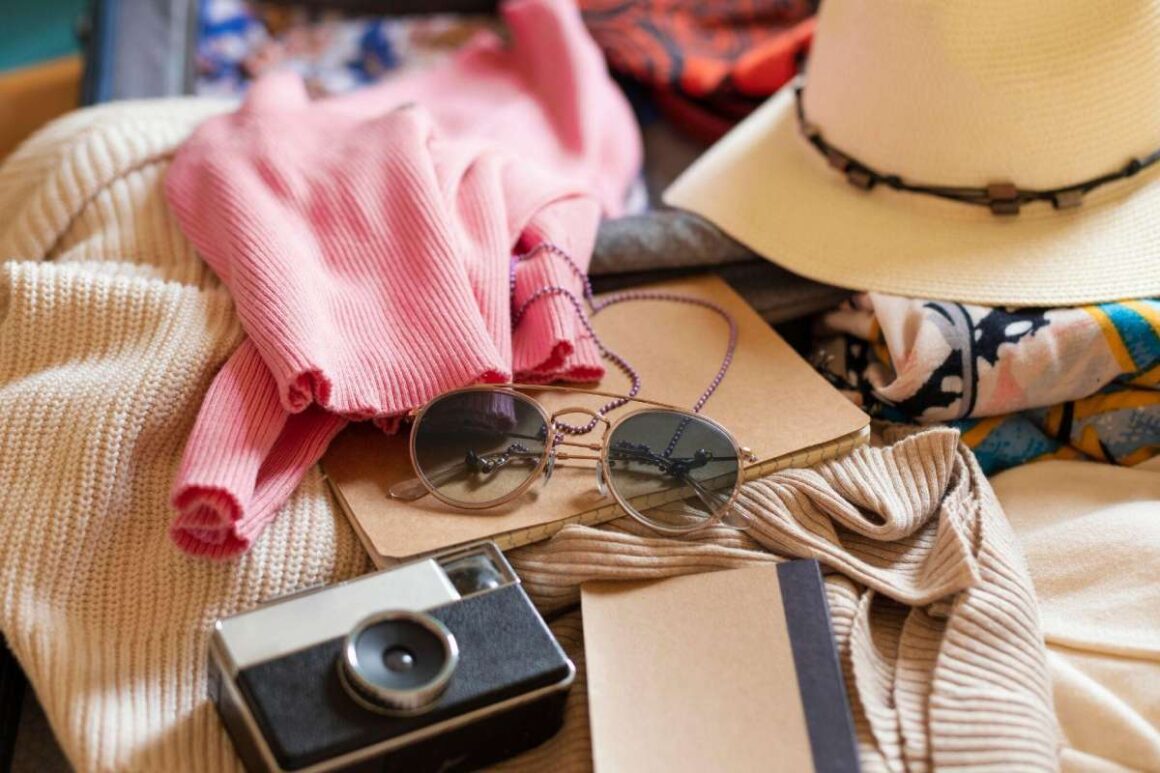Over the past decade, vintage fashion has evolved from a niche interest into a global phenomenon. What was once associated with thrift stores and flea markets is now a booming industry embraced by both consumers and retailers. Italian Vintage Wholesale is at the forefront of this movement, providing high-quality, handpicked vintage clothing to businesses worldwide. But why has second-hand fashion become so popular, and what factors are driving this shift? Let’s explore the key reasons behind the rise of thrifted fashion.
Table of Contents
The Sustainability Factor: A Conscious Choice
One of the biggest reasons vintage clothing has gained mainstream popularity is sustainability. The fashion industry is one of the largest polluters in the world, responsible for massive carbon emissions, water waste, and textile pollution. Consumers are becoming more aware of the negative impact of fast fashion and are actively seeking eco-friendly alternatives.
How Vintage Clothing Supports Sustainability:
- Reduces Textile Waste – Instead of ending up in landfills, vintage garments get a second life, significantly cutting down on waste.
- Lowers Carbon Footprint – Producing new clothing requires a tremendous amount of energy and resources. Buying vintage eliminates the need for new production.
- Encourages Slow Fashion – Vintage fashion promotes mindful consumption, focusing on quality over quantity.
By choosing vintage, shoppers contribute to a more sustainable future without sacrificing style or quality.
The Unique Appeal: One-of-a-Kind Pieces
Another reason for the rise of thrifted fashion is the desire for individuality. In an era where fast fashion brands mass-produce identical clothing, people are looking for unique pieces that allow them to stand out. Vintage clothing offers a level of exclusivity that modern fashion cannot match.
From 1970s leather jackets to Y2K-inspired denim, vintage clothing allows wearers to express their personal style in ways that fast fashion simply cannot replicate. The rarity of certain items adds to their allure, making vintage shopping an exciting and rewarding experience.
Nostalgia and the Return of Past Trends
Fashion is cyclical, and many of the styles from past decades are making a strong comeback. From 90s oversized blazers to 80s sportswear and 70s boho dresses, vintage clothing aligns perfectly with modern trends. Celebrities, influencers, and designers frequently draw inspiration from the past, further fueling the demand for thrifted fashion.
Platforms like Instagram and TikTok have played a significant role in reviving old trends. Vintage aesthetics, such as grunge, cottagecore, and retro streetwear, are dominating social media, making vintage shopping more desirable than ever.
The Financial Advantage: Affordable High-Quality Fashion
While luxury brands continue to raise prices, vintage clothing offers an affordable alternative without compromising quality. Many vintage garments were made with superior craftsmanship, high-quality fabrics, and attention to detail that is rarely found in today’s fast fashion.
For budget-conscious shoppers, vintage provides a way to access designer pieces, timeless fashion, and durable materials at a fraction of the cost. Thrifting has become a treasure hunt, where fashion enthusiasts can score unique finds without breaking the bank.
The Role of Wholesale Vintage in the Industry
With the growing demand for second-hand clothing, vintage wholesale businesses have become essential in supplying retailers with curated collections. Companies like Italian Vintage Wholesale specialize in sourcing, sorting, and distributing high-quality vintage garments to stores worldwide. This allows boutiques, online resellers, and thrift shops to keep up with the increasing interest in vintage fashion.
Tips for Retailers Entering the Vintage Market
If you’re a retailer looking to capitalize on the vintage fashion trend, here are some essential tips:
- Find Reliable Suppliers – Partner with experienced vintage wholesalers to ensure consistent quality and variety.
- Curate a Unique Selection – Focus on specific styles or eras to create a recognizable brand identity.
- Leverage Social Media – Use Instagram, TikTok, and Pinterest to showcase your pieces and attract a loyal customer base.
- Educate Customers – Highlight the benefits of vintage clothing, from sustainability to quality craftsmanship.
- Stay Updated on Trends – Keep an eye on fashion cycles to source pieces that align with current consumer interests.
The Future of Vintage Fashion
With the continued emphasis on sustainability, individuality, and affordability, vintage clothing is more than just a trend—it’s a movement that is here to stay. As consumers become increasingly mindful of their fashion choices, the demand for high-quality, pre-loved garments will only grow.
For retailers looking to expand their inventory, investing in bulk vintage clothing is a smart move. Whether you’re an established vintage shop or a new reseller, now is the perfect time to embrace the thriving world of thrifted fashion.
Also Read: Unleashing Success: Thriving in Business and Pet Parenthood


